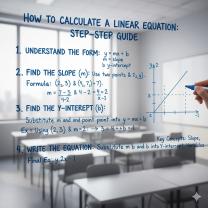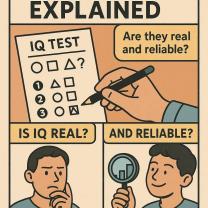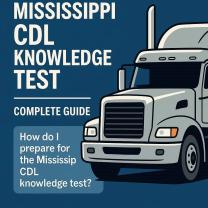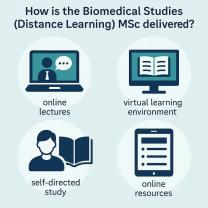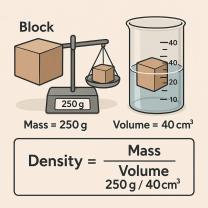What is a CELF 5 assessment?
The CELF-5 assessment, or Clinical Evaluation of Language Fundamentals, Fifth Edition, is a widely used standardized test designed to assess various aspects of a person's language skills, particularly in the context of communication and language disorders. It is primarily used by speech-language pathologists, psychologists, educators, and other professionals to evaluate language and communication abilities in individuals of different age groups, from preschool children to adults.
Here's an overview of the CELF-5 assessment:
Purpose:The primary purpose of the CELF-5 assessment is to identify and diagnose language and communication disorders or delays in individuals. It helps professionals determine the nature and severity of language difficulties, as well as track an individual's progress in language development or treatment.
Key Areas Assessed:The CELF-5 assesses a wide range of language skills, including:
Receptive Language: This assesses a person's ability to understand and process spoken language, including vocabulary comprehension, following directions, and understanding complex sentence structures.
Expressive Language: This evaluates a person's ability to express themselves verbally, including their vocabulary, sentence structure, and overall language production.
Language Content: It assesses a person's knowledge of language content, including vocabulary and word relationships.
Language Structure: This evaluates a person's knowledge of the structural aspects of language, including grammar and syntax.
Working Memory: The CELF-5 also includes assessments of working memory, which is important for language processing and comprehension.
Pragmatic/Social Language Skills: It assesses a person's ability to use language effectively in social contexts, including understanding and using appropriate communication in different social situations.
Age Range:The CELF-5 is designed to assess individuals from ages 5 to 21 years. There is also a CELF-5 Preschool edition for children aged 3 to 6 years.
Administration:The assessment is typically administered individually by a qualified professional, such as a speech-language pathologist or psychologist. It involves a series of tasks and questions designed to evaluate the individual's language skills.
Scoring:The CELF-5 provides standardized scores that allow professionals to compare an individual's performance to that of a normative sample of the same age group. It provides information about the person's strengths and weaknesses in various language areas.
Uses:The results of the CELF-5 assessment are used for a variety of purposes, including:
- Identifying language disorders or delays in individuals.
- Developing intervention plans and treatment goals for individuals with language difficulties.
- Evaluating the progress of individuals receiving language therapy.
- Making educational and placement decisions for students with language impairments.
- Research in the field of language and communication disorders.
It's important to note that the CELF-5 is just one tool among many that professionals use to assess language skills, and it should be interpreted in conjunction with other clinical observations and assessments to provide a comprehensive understanding of an individual's language abilities and needs.
Exploring the CELF 5 Assessment: Purpose and Components
The CELF-5 (Clinical Evaluation of Language Fundamentals-Fifth Edition) is a standardized test that is used to assess language skills in children and adolescents aged 5 to 18 years old. The CELF-5 is used by speech-language pathologists, psychologists, and other professionals to identify children and adolescents who may have language disorders and to track their progress over time.
The CELF-5 is a comprehensive assessment that measures a variety of language skills, including:
- Receptive language: The ability to understand language, including spoken and written language.
- Expressive language: The ability to use language to communicate, including spoken and written language.
- Oral language processing: The ability to process and understand spoken language.
The CELF-5 is made up of a variety of subtests that assess different aspects of language skills. The subtests are grouped into the following domains:
- Core language: The core language domain includes subtests that assess basic language skills, such as word comprehension, sentence comprehension, and word production.
- Metalanguage: The metalanguage domain includes subtests that assess more advanced language skills, such as the ability to understand and use grammar and vocabulary.
- Pragmatics: The pragmatics domain includes subtests that assess the ability to use language in a social context.
Assessing Language Skills: Understanding the CELF 5 Test
The CELF-5 is an individually administered test. This means that a speech-language pathologist or other professional will administer the test to the child or adolescent on an individual basis.
The CELF-5 is typically administered in a quiet room where the child or adolescent can focus on the test. The test administrator will present the child or adolescent with a variety of tasks and questions to assess their language skills.
The CELF-5 is a standardized test, which means that it has been normed on a large sample of children and adolescents. This means that the child or adolescent's performance on the test can be compared to the performance of other children and adolescents of their age.
The Clinical Evaluation of Language Fundamentals (CELF-5): An Overview
The CELF-5 is a valuable tool for assessing language skills in children and adolescents. It is a comprehensive and reliable test that can be used to identify children and adolescents who may have language disorders and to track their progress over time.
The CELF-5 is also a valuable tool for developing intervention plans for children and adolescents with language disorders. The results of the CELF-5 can be used to identify the specific language skills that the child or adolescent needs to work on.
If you are concerned about your child's language skills, talk to their pediatrician or a speech-language pathologist. They can recommend whether the CELF-5 is an appropriate assessment for your child.








